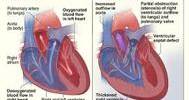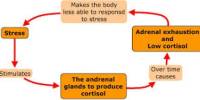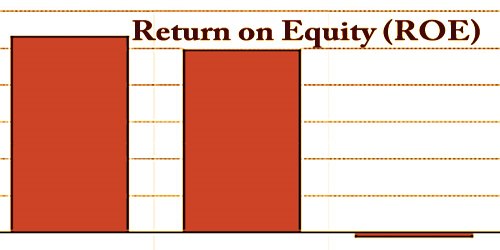It can be challenging to determine what people are consuming, let alone their risk of contracting an illness, when it comes to researching food and diet.
Typically, doctors and researchers require patients to complete a lengthy meal frequency questionnaire that calculates calorie consumption, food types, and nutritional values. It is dependent on a person’s memories and might not paint the clearest picture.
The development of blood-based dietary signatures that more precisely predict diet and the risk of cardiovascular disease and type 2 diabetes, however, has been made possible by a study team lead by a cardiologist from Michigan Medicine that used molecular profiling and machine learning. The results are published in European Heart Journal.
“Diet is not one dimensional; it’s constantly changing, and the ways we traditionally assess it are not perfect,” said senior author Venkatesh Murthy, M.D., Ph.D., a cardiologist at the University of Michigan Health Frankel Cardiovascular Center and an associate professor of cardiology at U-M Medical School.
“We need tools that are more reliable and precise while also being easy to use for everyone. Using metabolite signatures and data science, we can improve our understanding of how much people are actually taking in, as well as what risks they may incur for cardiometabolic disease that affect millions of Americans,” Murthy said.
In the Coronary Artery Risk Development in Young Adults study, researchers monitored more than 2,200 white and Black adults. They used blood samples and food surveys to identify metabolite fingerprints of diet and eventual disease risk across a 25-year period.
Through a machine learning model, investigators were able to create a blood-based dietary signature that more accurately predicts a person’s entire diet over 19 food groups by 10-20%.
The use of metabolites to understand food exposures and nutrition is an expanding area in nutritional science. Beyond understanding what types of nutrition are better or worse for our health, the methods here could allow those studying food science to take a metabolic snapshot of nutrition and diet to better understand their implications on health.
Ravi Shah
Furthermore, when determining who is more likely to acquire diabetes and cardiovascular disease based on each food group, the blood-based signature frequently surpassed the healthy eating index, a commonly used indicator of diet quality.
For instance, the blood-based signature discovered a 55% increase in risk when the dietary frequency questionnaire identified an 18% rise in diabetes risk for a person eating red meat.
“The use of metabolites to understand food exposures and nutrition is an expanding area in nutritional science,” said co-author Ravi Shah, M.D., cardiologist and associate professor of medicine at Vanderbilt University Medical Center. “Beyond understanding what types of nutrition are better or worse for our health, the methods here could allow those studying food science to take a metabolic snapshot of nutrition and diet to better understand their implications on health.”
The findings come on the heels of a $170 million award from the National Institutes of Health to clinics and centers nationwide for a Nutrition for Precision Health study for “developing algorithms to predict individual responses to food and dietary routines,” according to a release.
The blood-based signature method has to be evaluated in prospective, controlled studies of various diets, according to researchers. Knowing precisely how well people are adhering to a diet using blood-based signatures, Murthy says, will create even stronger results.
“Diet and nutritional research are really difficult,” Murthy said. “We see this as an important step and set of tools to do nutritional research with greater precision and efficiency. Eventually, such work may allow us to better understand optimal diets for our patients.”
















